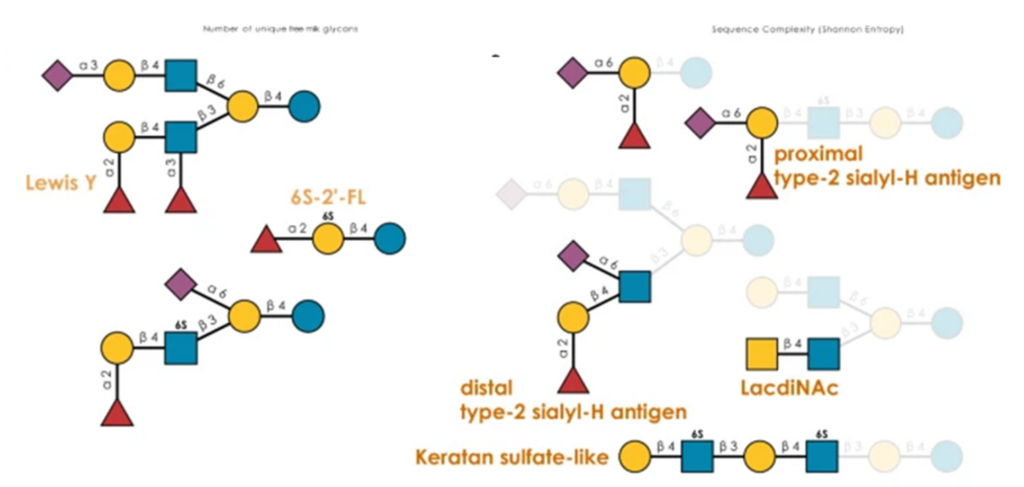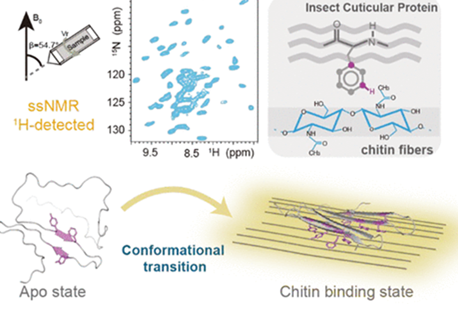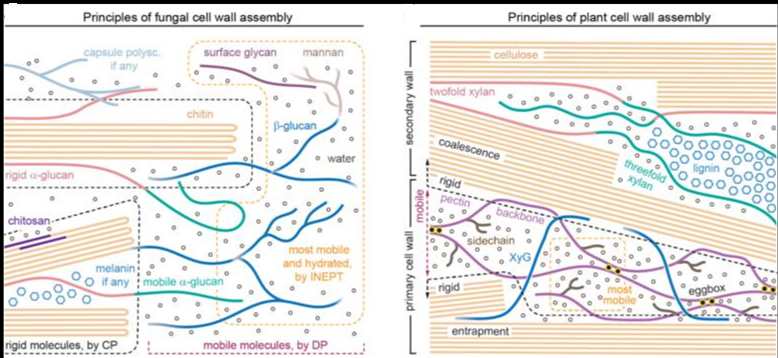The implementation of cellulose as a green alternative to classical polymers sparks research on the synthesis of defined derivatives of this biopolymer for various high-tech applications. Apart from the scientific challenge, the in vitro synthesis of cellulose using a bottom-up approach provides specimens with absolutely accurate substituent patterns and degrees of polymerization, not accessible from native cellulose. Synthetic cellulose exhibiting a comparably high degree of polymerization (DP) was obtained starting from cellobiose by biocatalytic synthesis implementing cellulase. Cationic ring-opening polymerization has been established in the last two decades, representing an excellent means of precise modification with regards to regio- and stereoselective substitution. This method rendered isotopically enriched cellulose as well as enantiomers of native cellulose (“L-cellulose”, “D, L-cellulose”) accessible. In this review, techniques for in vitro cellulose synthesis are summarized and critically compared – with a special focus on more recent developments. This is complemented by a brief overview of alternative “enzymatic” approaches.




